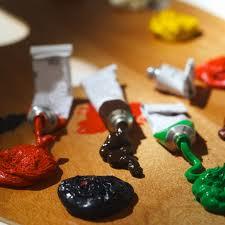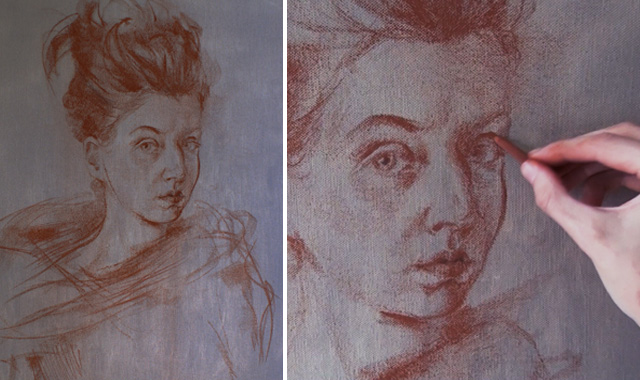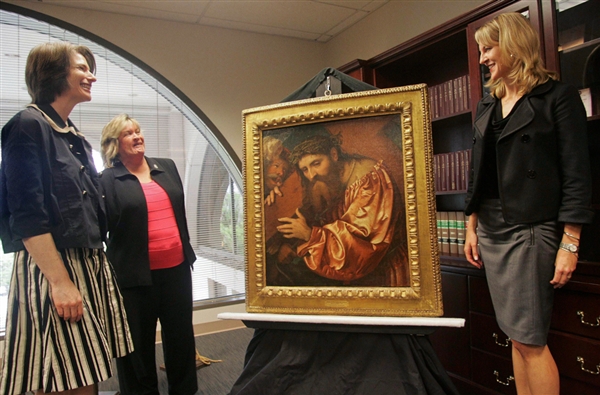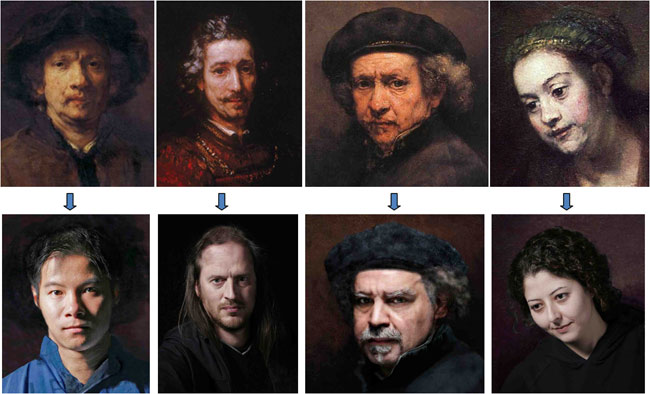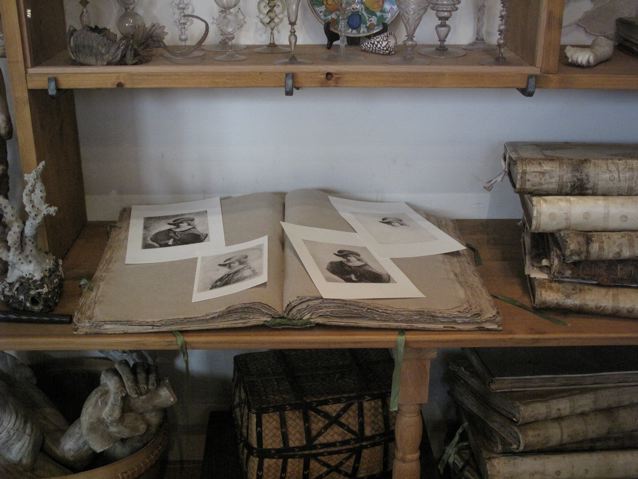On 27 Sep, 2012 With
Opaque and Transparent Colors.—Some colors have a jelly-like consistency when mixed with oil, others, the earths among them, are dense and opaque. We speak of them respectively as “transparent” and “solid” colors. These qualities, which divide the paints into two classes, have no relation to their permanency. As far as that is concerned you use them in the same way, as some transparent colors are safe and some fugitive; and the same with the opaque colors. The only difference is in the fact that, as a rule, the solid colors are better dryers. But you will notice that while you may mix these colors together as though this difference between them did not exist, in certain processes you use them differently….
Read More
On 26 Sep, 2012 With
Chemical Changes of Pigments The causes of change of color in pigments are of four kinds, all of them chemical effects. 1) the action of light; 2) the action of the atmosphere; 3) the action of the medium, and 4) the action of the pigments themselves on each other. The action of light is to bring about or to assist in the decomposition of the pigment. It is less marked in oil than in water color, because the oil forms a sort of sheath for the color particles. The manner in which light does its deteriorating work is somewhat similar to that of heat. The atmosphere affects the paint because of certain chemical elements contained in…
Read More
On 22 Sep, 2012 With
Oil painting techniques Introduction Welcome to the Web Art Academy Club! We are fine art teachers Natalie Richy and Vladimir London, and have created the Web Art Academy for fine art students who want to learn traditional oil painting and drawing techniques. The fine art video lessons presented in the Club are valuable for both beginning and advanced students. If you have just recently started your fine art education, this course would be very helpful to obtain a good understanding of oil painting methods. If you already have knowledge and experience in painting, this course would still provide many advanced know-how strategies you could use to improve your painting techniques. You will discover what oil painting…
Read More
On 16 May, 2012 With
The work in question is a 1538 painting by Girolamo de Romani, also known as Romanino, depicting an image of Jesus Christ in an unusual copper-colored robe, carrying the cross on his right shoulder while being dragged by a soldier. It was held in private collections by European families until 1914, when Gentili purchased it. When the Nazis marched into France, many of Gentili’s heirs fled — but weren’t able to take the family patriarch’s art collection and many other valuables. Vichy French authorities auctioned off the property, including more than 70 pieces of art, and barred the family from returning to claim the art work in 1941. The Romanino painting was acquired by the Italian government-run museum Pinacoteca di…
Read More
On 8 May, 2012 With
The two men pulled up in the driveway of the two-star country hotel, looking for all the world like travelling salesmen stopping off for a night’s rest between appointments. But the rectangular package on the back seat of their car contained something rather more valuable than catalogues or brochures. Only once they were in the privacy of a locked room, the curtains firmly closed, did private detectives Robbie Graham and Jack Doyle dare to unwrap the treasure they had just rescued from the criminal underworld. And then they just sat and stared at it in wonder, scarcely able to believe what they were seeing. On that October night in 2007, they took snapshots of themselves posing next to it, using…
Read More
On 25 Jan, 2012 With
Secrets of Rembrandt’s Painting Technique Rembrandt’s paintings have transfixed viewers for centuries, but now a new study reveals a scientific explanation for their calming beauty. By painting more detail in and around the eyes of his subjects, Rembrandt tapped into an innate human attraction to the face. This creates a more calming and immersive experience for the viewer. To figure out Rembrandt’s painting secret, scientists used computer rendering to match photos of current models (and a scientist) with four of Rembrandt’s portraits. They manipulated four regions of the portraits: regions centered about each eye, on each side of the chin, and the region where the collar meets the skin of the neck. CREDIT: Steve DiPaola, James Enns, Caitlin Riebe. Steve…
Read More
On 22 Nov, 2011 With
Vincent van Gogh’s Palette Yellow ocher Chrome yellow Cadmium yellow Chrome orange Vermilion Prussian blue Ultramarine Lead white Zzinc white Emerald green Red lake Red ocher Raw sienna Black
Read More
On 9 Sep, 2011 With
The former residence of Dutch painter Rembrandt van Rijn has been restored to its former glory; the way it was when Rembrandt lived here in the 17th century. Everything’s there: his studio, his living quarters and his art. You’ll most definitely be surprised by his curiosity cabinet. When Rembrandt filed bankruptcy in 1656 an inventory was made and his valuable possessions were sold. Thankfully the list with Rembrandt’s inventory was saved and that’s how you can get a representative glimpse on Rembrandt’s life today. Besides the rooms of the house, the Rembrandt House Museum shows: Paintings by Rembrandt’s contemporaries, his pupils and his teacher ‘Pieter Lastman’. Rembrandt’s graphical work: The museum harbors a large collection of 260 Rembrandt etchings (in…
Read More
On 22 Aug, 2011 With
Anders Zorn is the famous Swedish painter. He is famous for his paintings of the people of Dalarna, the part of Sweden where he was born, and his nudes in the open space. He earned a world-wide reputation as a portraitist. He made seven journeys to the USA. His models included three different American presidents. His art made him wealthy and he was thus able to build up a considerable collection of art. The objects were not only bought in his native country but also during the many travels he made abroad. In their joint will, Anders and Emma Zorn donated their entire holdings to the Swedish State. Some of his most important works can be seen at the National…
Read More
On 17 Aug, 2011 With
The Famous Fine Artist and his Muse Emma Zorn. Emma Zorn (née Lamm, 1860-1942) came from a well-to-do middle class Stockholm family. Her father, Martin Lamm, was a wholesale textile merchant and her mother, Henriette, had the maiden name of Meyerson. They had three children Herman, Anna and Emma. The family, which was of Jewish descent, had very pronounced cultural interests and conducted an intense social life. There were many artists in their circle of friends and it was also through such an acquaintance that Emma met Anders Zorn who was of the same age. She happened to be babysitting for her nephew Nils when he was to be painted by Zorn in the winter of 1881. It turned out to…
Read More


